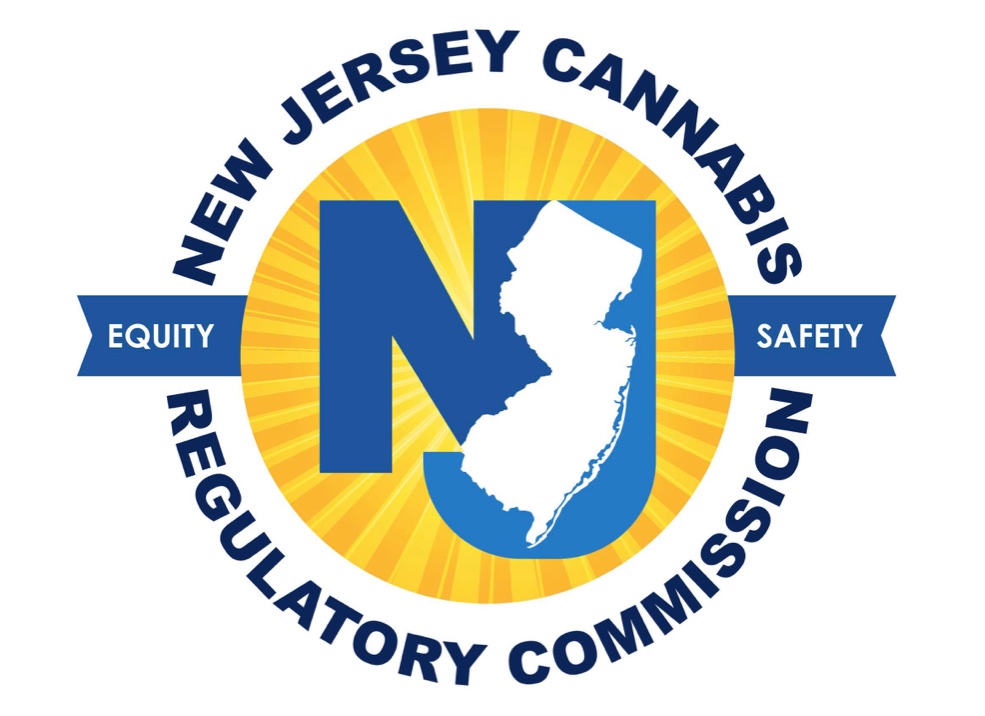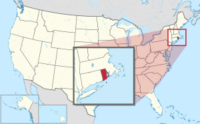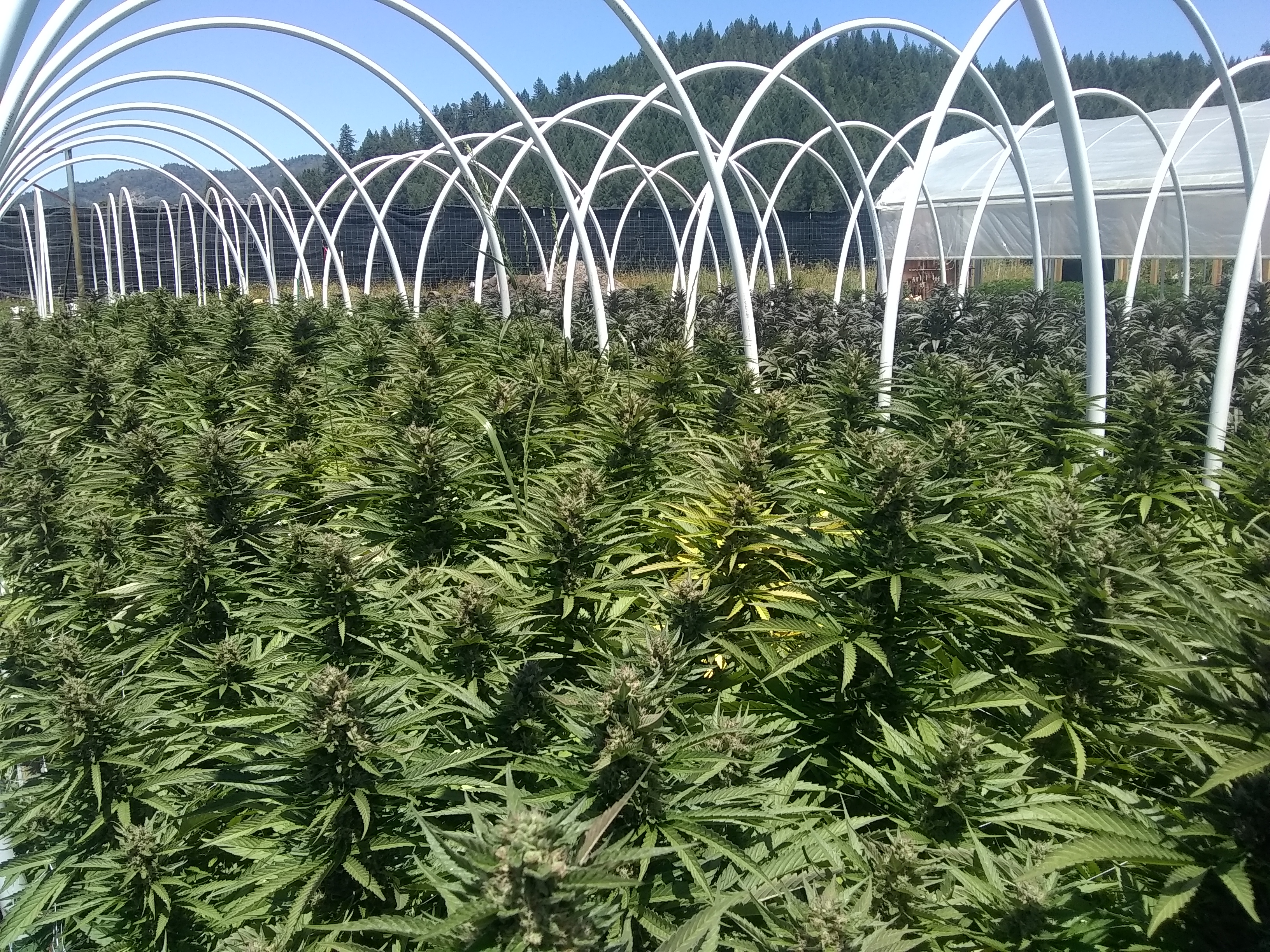Click here to read Part One where we examined the state of the market, licensing, approvals and sales. Part Two delves into all things taxes.
A “Raft” of Taxes
Like New York, New Jersey cannabis companies will be dealing with a raft of taxes:
Federal Section 280E: Will It Apply in New Jersey? Well … Sometimes
Section 280E disallows deductions on federal returns for expenditures connected with the illegal sale of drugs, requiring retail cannabis businesses to add back such significant expenses as rent and wages for sales staff.

Unlike New York, New Jersey’s recent cannabis legislation did not state that cannabis businesses were exempt from 280E. However, the state’s individual tax laws do not conform to the internal revenue code, and accountants are inferring that 280E won’t apply to sole proprietorships. Conversely, the state’s corporations must start their tax calculations using Federal taxable income, meaning 280E would apply.
Sales Tax
Retail sales of adult use cannabis are subject to a 7% sales tax. Beginning July 1, 2022, medical cannabis sales are exempt from sales tax.
Purchases by cultivators of farming equipment and related property, such as plants, fertilizer and drip irrigation, are exempt from sales tax. Purchases by all cannabis businesses of materials used to contain, protect, wrap and deliver adult use cannabis are exempt from sales tax.
Excise Tax
The CRC has been empowered to collect a “Social Equity Excise Fee”, to be adjusted annually. The fee is currently $1.10 per ounce, but the CRC is able, but not mandated, to amend the fees to between $10 and $60 an ounce after nine months of adult use sales. At least 70 percent of all cannabis tax revenue is earmarked for investing into impact zones.
The fee is imposed on any sale or transfer of cannabis from a cultivator (or alternative treatment center that also cultivates) to any other cannabis business. The fee is not imposed on transfers from one cultivator to another, or from a cultivator to an alternative treatment center. The facility that purchases the cannabis is responsible for collecting the fee and remitting it to the NJ Division of Taxation.
Local Cannabis Transfer and User Taxes
 Each municipality is authorized to impose a Local Cannabis Transfer Tax on sales from one cannabis establishment to another (including from one cultivator to another), and on the sale of cannabis to retail consumers. The allowed rate is capped at 2% of receipts, with the exception of cannabis wholesaler sales, which are capped at 1%.
Each municipality is authorized to impose a Local Cannabis Transfer Tax on sales from one cannabis establishment to another (including from one cultivator to another), and on the sale of cannabis to retail consumers. The allowed rate is capped at 2% of receipts, with the exception of cannabis wholesaler sales, which are capped at 1%.
Atlantic City, which considers itself friendly toward cannabis, passed an ordinance in September 2021 authorizing the collection of a 2% tax on retail adult use cannabis sales and a 1% tax on wholesale sales. Many cities with alternative treatment centers already have a 2% tax on medical cannabis. It is assumed they’ll be enacting the 2% transfer tax on adult use sales if approved to operate.
Other Unique Points About New Jersey Cannabis
- Adult use sales are limited: adults may possess up to one ounce total of cannabis products and can only purchase one ounce at a time.
- New Jersey is the only state that has legalized cannabis, but kept it illegal for a cannabis consumer to grow their own weed. Growing even one cannabis plant can land the offender in prison for up to five years and incur a $25,000 fine.
- About 400 municipalities have opted not to have retail cannabis shops; 98 have said yes. The new law has caused battles between mayors and their city councils, including the city of Paramus. 60% of Paramus residents voted in favor of adult use sales, and the mayor has stressed the benefit of the 2% transfer tax. Paramus city council unanimously rejected adult use cannabis, however. Some council members are against any sales, while others want to wait and see how other towns fare. Says Council Member Maria Elena Bellinger, “Ultimately … I feel that getting more data will only help us come to the right solution.”
Time Will Tell
New Jersey believes its careful approach will create the best adult use cannabis environment for its citizens. Only time will tell if the Garden State ends up avoiding some or all of the problems faced by states like California and New York.




































